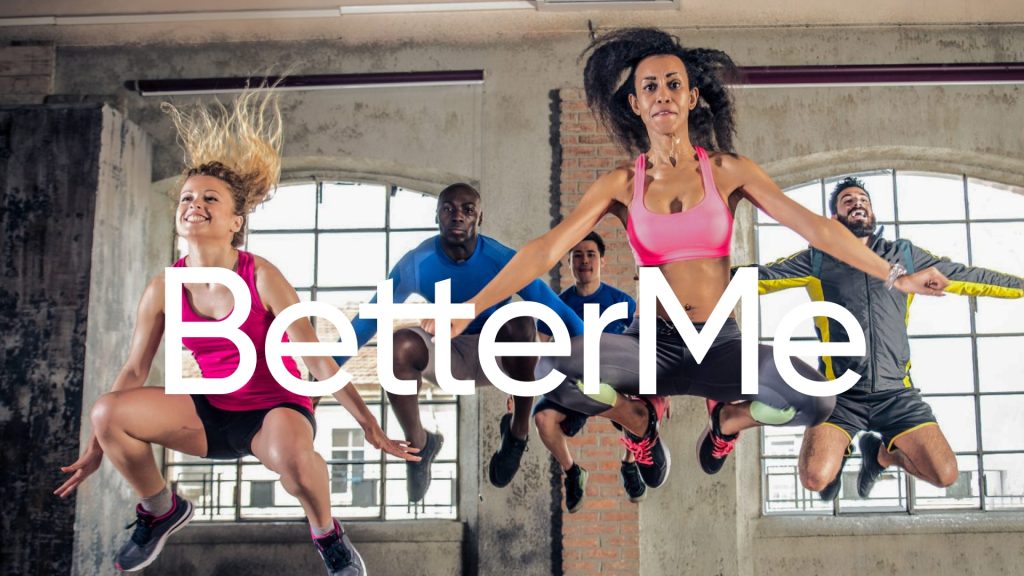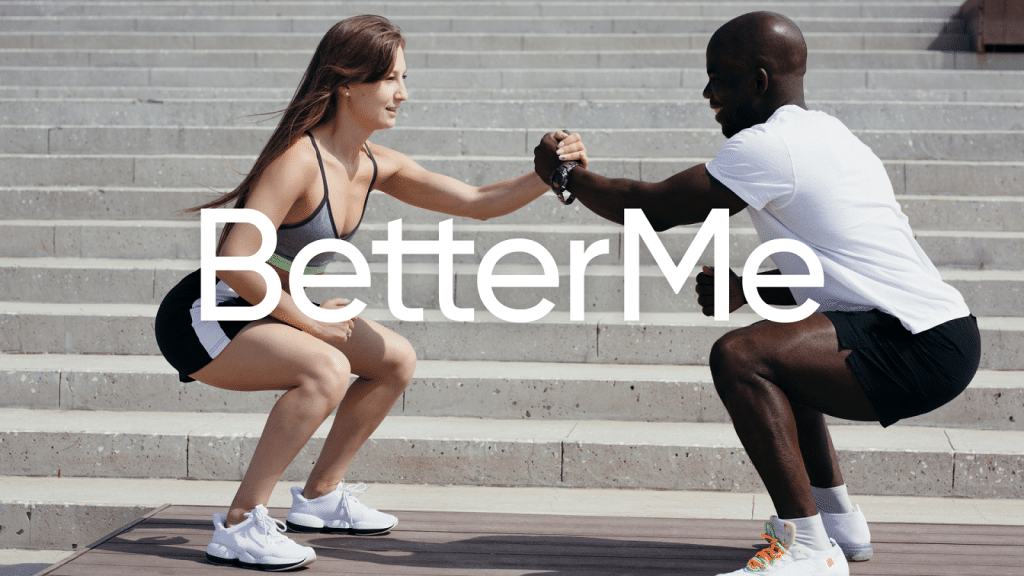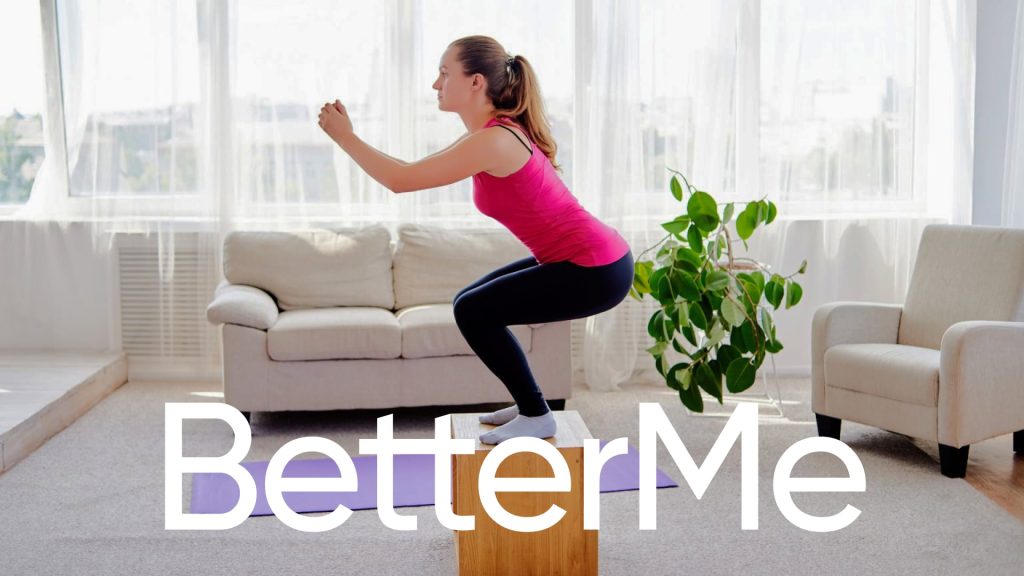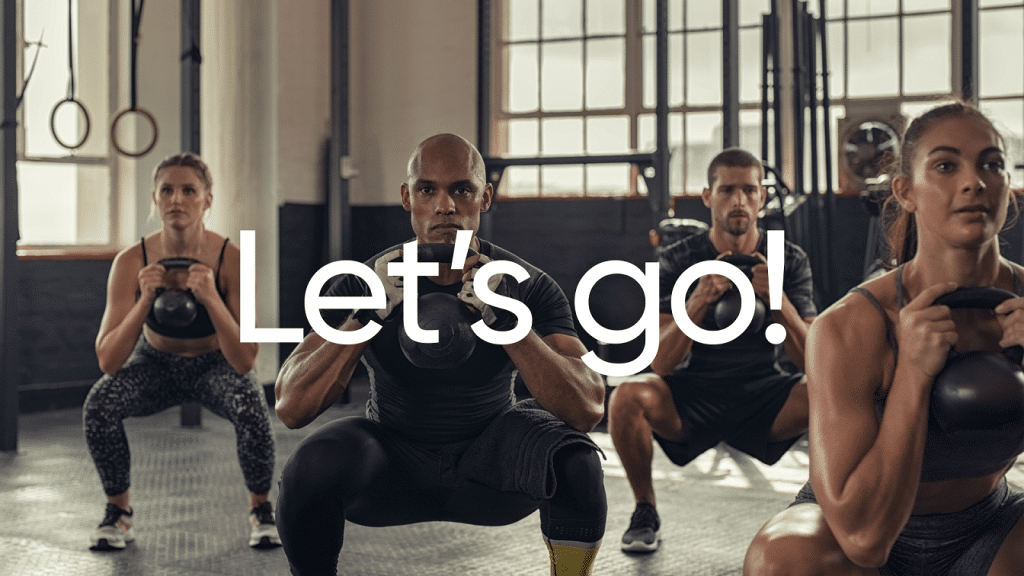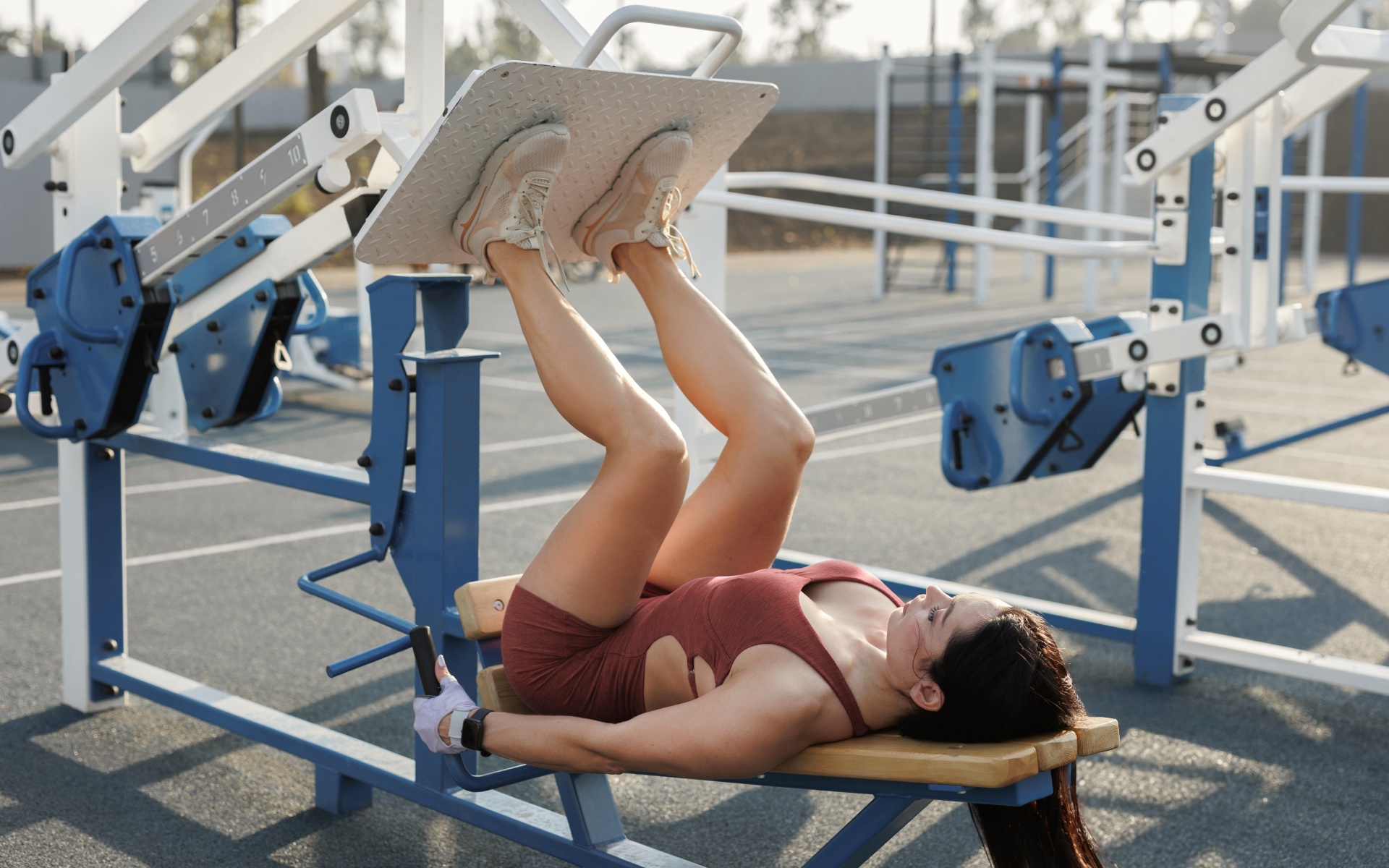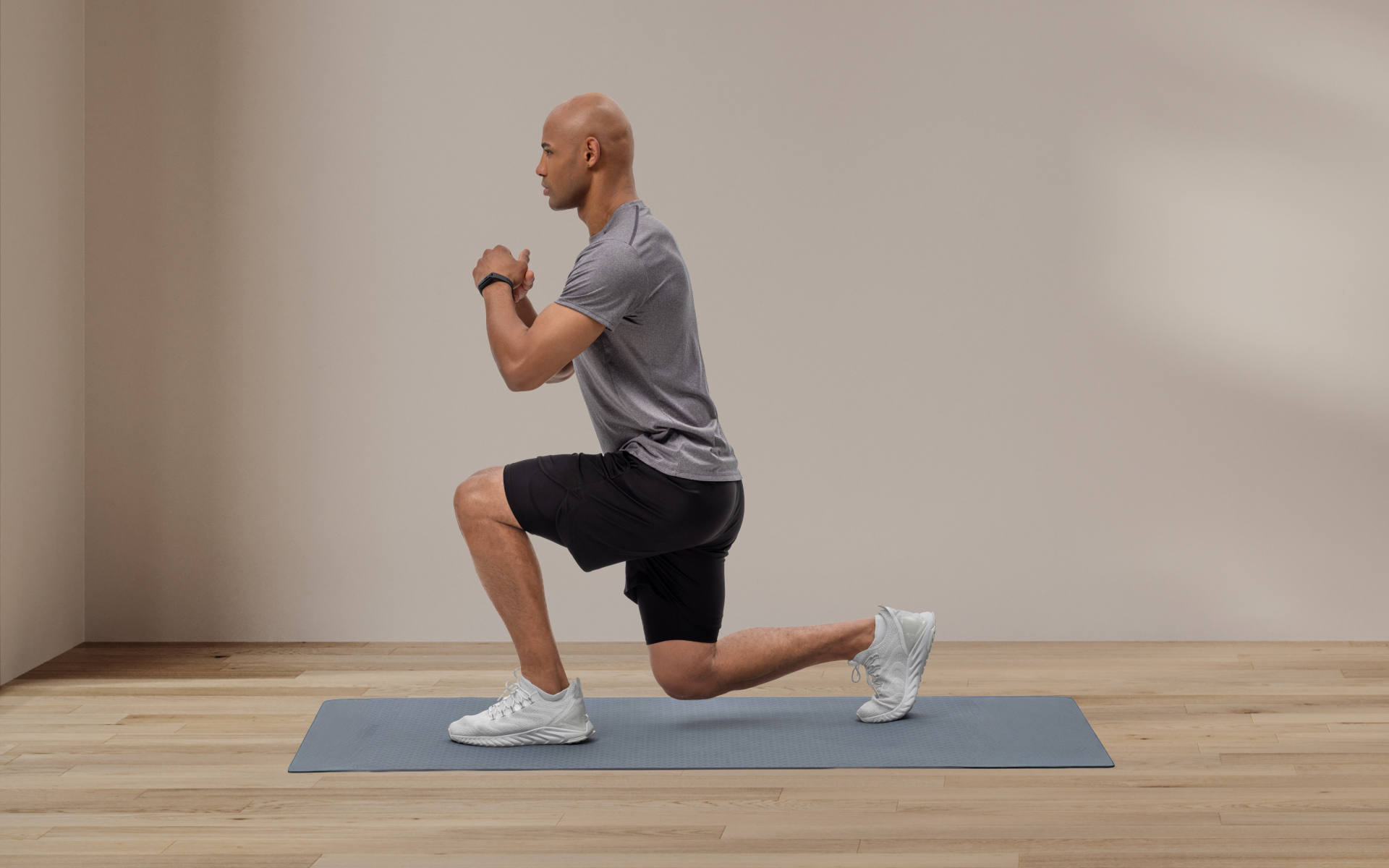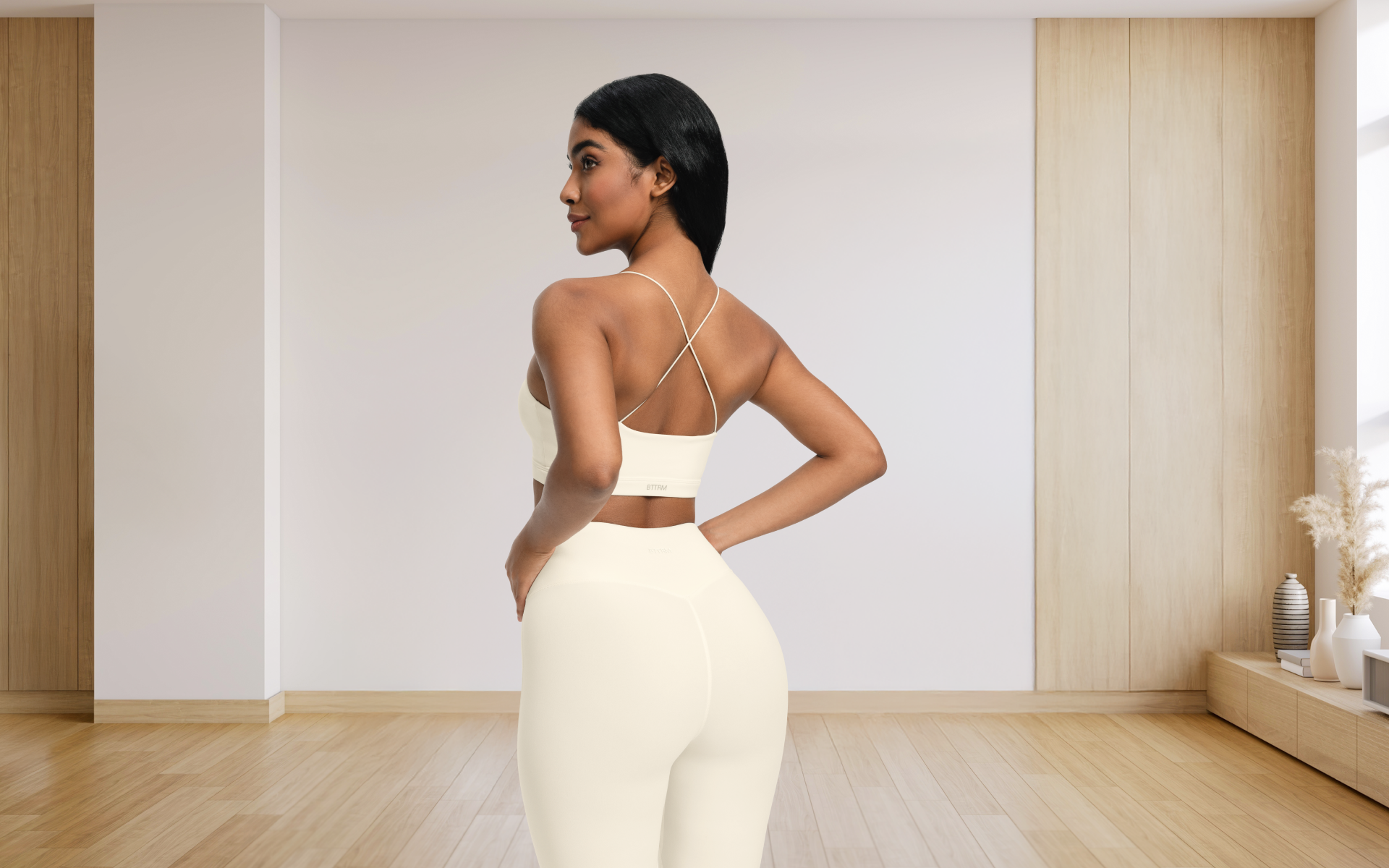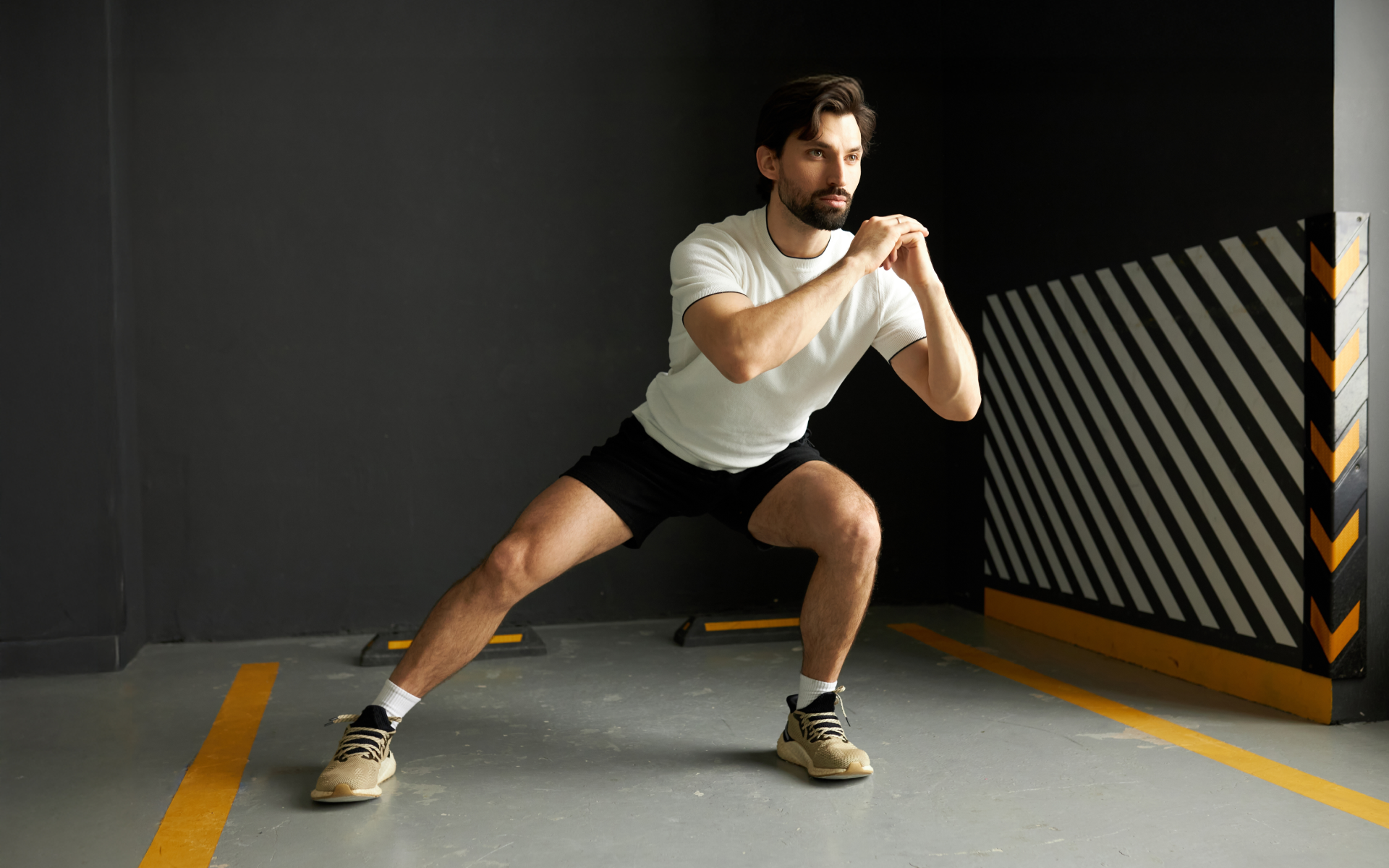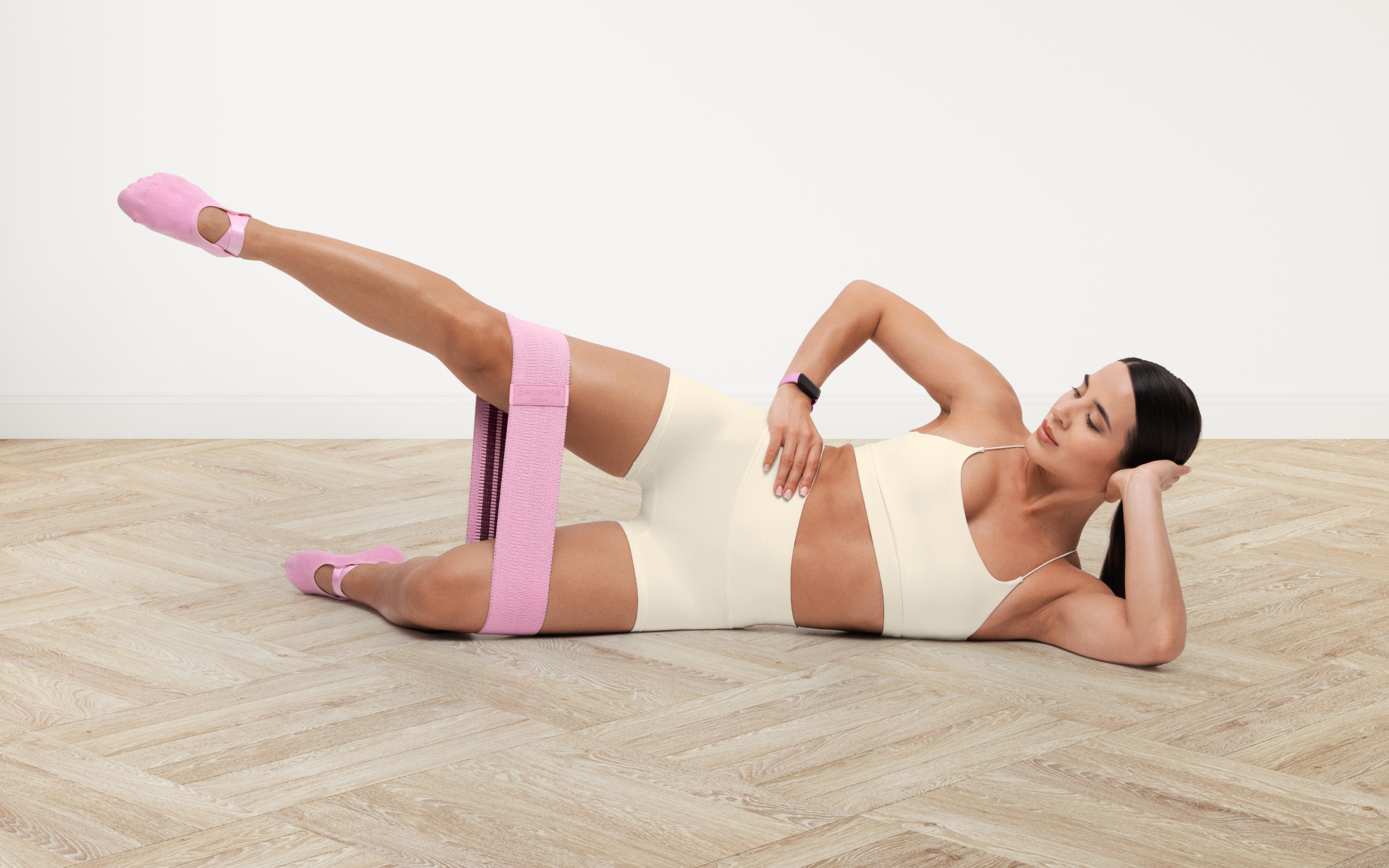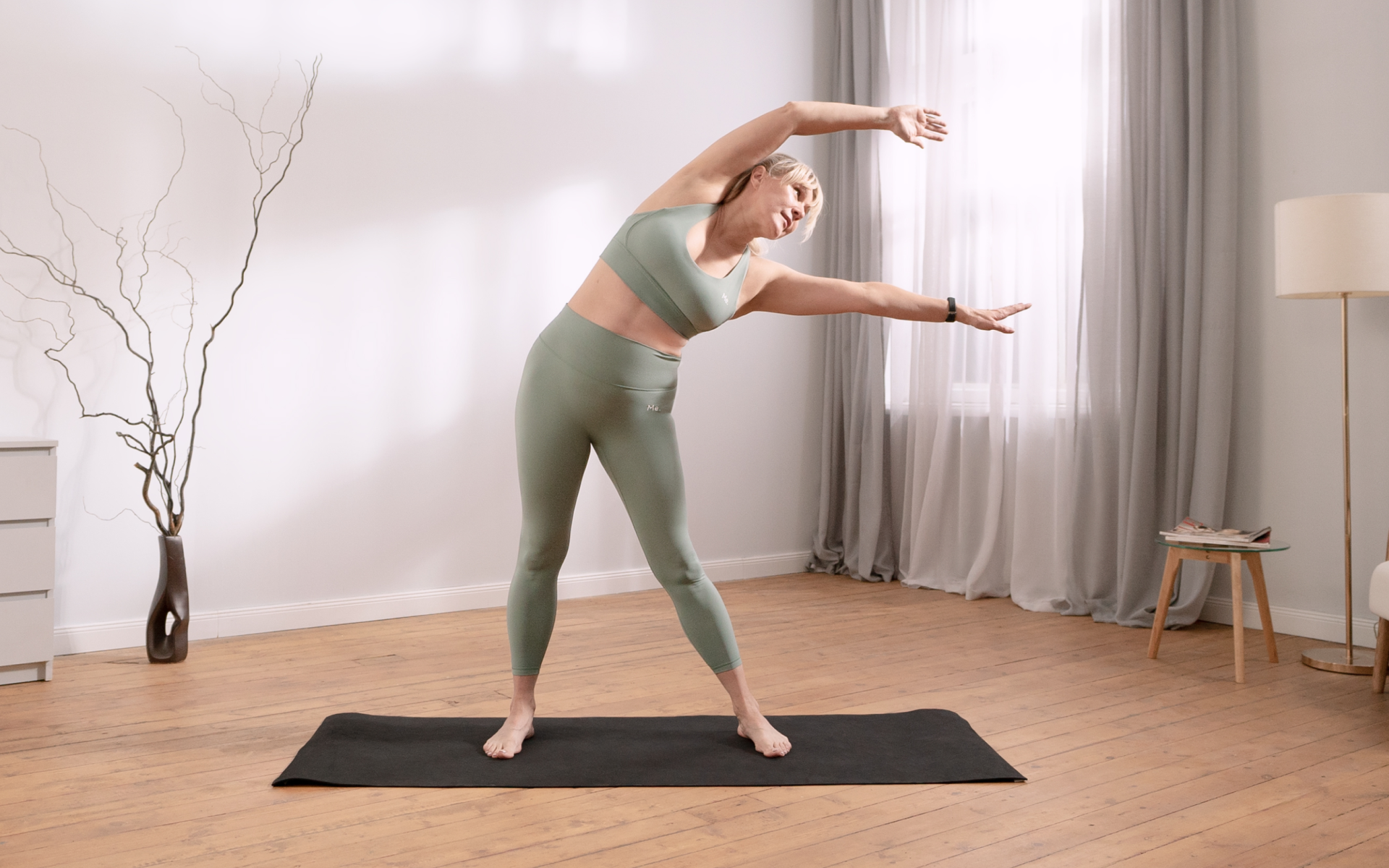Exercises And Their Effects
Basically, any kind of physical activity ratchets up calorie burn, contributes to fat melting, and affects your muscles pushing them to grow. Each exercise adds to a full workout and an overall improved health and strength. There are specific exercises that hone in on specific areas of the body. For example, push-ups focus mostly on your core, arms, and shoulders (11), plank actively involves your abs, obliques, glutes and back muscles (3), and squats work especially well on your legs and glutes (9). Modified, they can engage more muscle groups, skyrocket in effectiveness, and can transform you from scrawny to buff in no time. One of the highly efficient squat modifications is a jump squat. The list of jump squats benefits is quite impressive, and you will be pleasantly surprised to experience them all, after incorporating this exercise into your workout routine. Be sure to perform them properly, as they may carry certain risks otherwise.
What Muscles Do Jump Squats Involve?
Squats are undoubtedly one of the most booty-firming quad-killing leg exercises. Any leg day includes at least a little bit of squatting. A jump squat is a modified version of a classic squat, so it involves all the muscles that were engaged in the latter, your entire lower body, and core. The modifications of jump squats, such as dumbbell or barbell jump squats, may even involve certain parts of your upper body, such as arms and shoulders (1). The muscles on which a regular jump squat originally focuses the most are quadriceps, hamstrings, calves, and glutes. Your lower back, obliques, abs, and shins are also engaged in the performance of this exercise. This type of squat works especially well, as it develops strength, improves explosiveness and agility, and can be a part of various types of workouts (10).
How To Prepare For The Jump Squat?
A safe workout requires proper preparation. To do so, first, you should prepare your body and space which you will need to perform this exercise. It is better to train either on grass or turf, or by using a padding, such as a rubber mat, in order to reduce the stress on your knees. You should also carve about about 10 minutes for a warm-up before kicking off your workout to prepare your body for the stress it’s about to undergo.
A 5-minute jog in addition to stretching will be perfect to improve the range of motion of your joints, thus preventing possible injuries (8), and promoting an increased blood circulation. It is also required, that you perform a post-workout stretching. You should include the stretches that focus on the muscles engaged in the performance of a jump squat, such as hamstrings, glutes, and quadriceps. It will not only help you recover faster but may also take the edge off muscle soreness.
If you are new to the fitness world, you may want to practice classic squats, before leaping to its modified versions. If you feel like you are ready for the squat with a higher level of difficulty, set things in motion with a small jump, focusing more on the landing technique. Further on you can start using a box as an elevated platform or weights.
Read More: How Many Squats A Day Will Give You That Peach Booty Look?
How To Perform Jump Squats Properly?
As the wrong performance of any exercise bears certain risks and may cause an injury, it is highly important to perform a jump squat properly. Stand with your feet a little wider than hip-width apart. Your toes should slightly point outward. Connect your hands together and bend your arms in front of you. Slowly get into a squat, lowering your hips, and holding the elbows on the level of your knees. The latter should be in line with your feet, but do not cross the invisible vertical line drawn by your toes. Now, jump off the ground ad high as you can, raising your arms overhead. Land on the ground and immediately return into the squatting position. That is how to properly perform one rep of a jump squat (7).
How Can You Modify Jump Squats?
Although jump squats are basically a modified version of a classic squat, they can also be modified in order to increase their difficulty level and effectiveness. Here are a couple of the most popular jazzed up jump squat variations that may be of a great help in strengthening your whole body:
-
Medicine Ball Jump Squat
For this exercise you will need a medicine ball. If you don’t have one, you can use any household item, which you find convenient. Your starting position here is the same as in a regular jump squat exercise, but this time you should hold a medicine ball or any other weight in front of you. Stand with your feet hip-width apart, or a bit wider. Your toes should point a bit outward. Squat, lowering your hips and stopping when your thighs become parallel to the ground. You can lower your elbows between your knees. Use your leg force to jump off the ground, holding a medicine ball with your both hands in front of your chest. After you land, squat down. That is one medicine ball jump squat (6). Repeat as many times as you wish but go easy on your knees.
Looking for a way to break the vicious cycle of weight loss and tone up all the jiggly parts? Watch the extra pounds fly off and your muscles firm up with the BetterMe app!
-
Dumbbell Jump Squat
In this exercise, you focus not on the height of your jump, but on the jumping technique. For this one, you will need dumbbells. If you don’t have them, you can use two medium-sized water bottles as weights. Get into the initial jump squat position, with your legs shoulder-width apart, and feet pointing a bit outward. Take a dumbbell into each hand, and hold them on your sides, with your palms facing each other. Get into a squat, lowering your hips and bringing the dumbbells on your sides closer to the ground. Don’t bend your elbows, your arms should remain extended. Now, push yourself off the ground, performing a jump, while keeping your arms straight. Land on the ground and return into a squat. That is one rep.
-
Elevated Platform Jump Squat
For this exercise, you may use a box or a bench as an elevated platform. Now, this variant is more focused on the height of the jump, than the previous one, and as you progress, increase the height of the platform, thus increasing the difficulty level even more. Stand in front of a stable platform, the higher it is – the further from it you should stand. Get into a quarter squat and jump off the ground, landing on a box in a squat position. Straighten up and take a step back off the box. Repeat the exercise.
-
Squat Tuck Jump
Before performing a squat tuck jump you need to make sure that you mastered a regular jump squat and even got comfortable with some additional height. This exercise is a great way to level up your high-intensity workout and slay even more calories. Start as you do in a regular jump squat. Get into a squat and push yourself off the floor. While your body is in the air, bend your knees and lift them to your chest, performing a tuck. Carefully land and get back into a squat. That is one squat tuck jump.
Jump Squats Benefits
A classic squat by itself is highly effective for your leg muscles. As was mentioned before, any leg day or booty-pop challenge includes this exercise and its variations. Jump squats are one of the variations of the classic squat and there are several jump squats benefits:
-
Add Explosiveness To Your Workout
Unlike the classic squat, the jump squat is one of the best exercises that develop explosive power, which is highly effective if you play soccer, football, tennis, or baseball, which require a lot of sprinting (2). Not to mention the basketball trainings, where this exercise plays one of the prominent roles. Studies show that jump squats improve speed-power related abilities (4), they have also proven to promote balance and agility.
Read More: Squats vs Lunges: Which One of These Time-Honored Exercises is More Effective?
-
Blast More Calories
It is only natural, that jump squats burn more calories than the classic squat. When you perform a jump squat you involve more muscles, as even your arms perform an additional movement which also adds to the calorie-burning process. Three sets of 10 jump squats, with a 30-second rest between them, may burn around 100 calories. While 5 minutes of high-intensity classic squats performed by a person whose weight is 140 pounds (63.5 kg) burn 44 calories.
-
Involve Your Muscles More
When you perform a jump squat, you not only spend more energy, but also flex your muscles more. For example, when you push yourself off the ground, your calves and quads double down on the work, therefore strengthening and toning your muscles twice as fast.
-
Improve Your Health
Being a cardio exercise, and improving your blood circulation, a jump squat may promote better health and an overall wellness. It may reduce the risk of heart disease, hypertension, and obesity, and enhance the circulatory health, facilitating a proper circulation, helping with the delivery of nutrients to your body cells, and removing waste and toxins from your body with sweat.
If you tend to let yourself off the hook, raise the white flag when things get tougher than you expected, send yourself on an unconscious binge-eating trip – BetterMe app is here to help you leave all of these sabotaging habits in the past!
Risks Of Jump Squats
Despite their great effectiveness and a great number of jump squats benefits, under certain circumstances, this exercise may have some downsides. A negligent approach to the performance of a jump squat, or an overperformance may bear negative consequences, resulting in a knee injury or worse (5).
Although jump squats are usually performed at the beginning of a workout, some circuit trainings suggest doing them in the middle or at the end of a program. In such a case, the chance of injury shoots up, as you are probably wiped out by that time and may lack the energy to perform this exercise correctly. If performed the wrong way, it puts too much pressure on the knees, especially if overdone, or done at a very quick pace.
Due to its high-impact nature, you should avoid performing a classic squat or a jump squat if you suffer from a knee or back injury or are going through a recovery. In such a case, you should consult with a specialist to find out which exercises you can perform in order not to exacerbate your state.
Conclusion
Exercising is one of the best ways to improve your health, melt away the excess fat, and boost the strength of your body. All exercises work well, but certain variations of classic exercises tend to be more effective. The same goes for a jump squat. This variation of a well-known exercise fires up your whole lower body and your core. Some of the jump squats benefits include their greater strengthening effects, explosiveness, and increased calorie-burning.
There are different modifications of this exercise, which are even more effective. Bear in mind, that if performed with negligence, this exercise may cause some serious negative consequences, such as knee injury. You should also avoid jump squats if you have experienced any knee or back injuries, as they are high-impact exercises. So, before incorporating this exercise into your workout routine, please consult with a doctor.
DISCLAIMER:
This article is intended for general informational purposes only and does not address individual circumstances. It is not a substitute for professional advice or help and should not be relied on to make decisions of any kind. Any action you take upon the information presented in this article is strictly at your own risk and responsibility!
SOURCES:
- Dumbbell jump squat (n.d., bodybuilding.com)
- Effects of Plyometric Training on Jumping, Sprint Performance, and Lower Body Muscle Strength in Healthy Adults: A Systematic Review and Meta-Analyses (2019, pubmed.ncbi.nlm.nih.gov)
- How to Do the Perfect Plank (2016, webmd.com)
- Jump-Squat and Half-Squat Exercises: Selective Influences on Speed-Power Performance of Elite Rugby Sevens Players (2017, ncbi.nlm.nih.gov)
- Knee pain from squatting: What to do (2019, medicalnewstoday.com)
- Medicine Ball Squat Jump (n.d., exrx.net)
- Squat Jump (n.d., exrx.net)
- Stretching: Focus on flexibility (2020, mayoclinic.org)
- The Butt Workout: Exercises to Sculpt a Better Backside (2011, webmd.com)
- The Effects of Multiple Sets of Squats and Jump Squats on Mechanical Variables (2017, researchgate.net)
- Which muscles do pushups work? (2018, medicalnewstoday.com)

